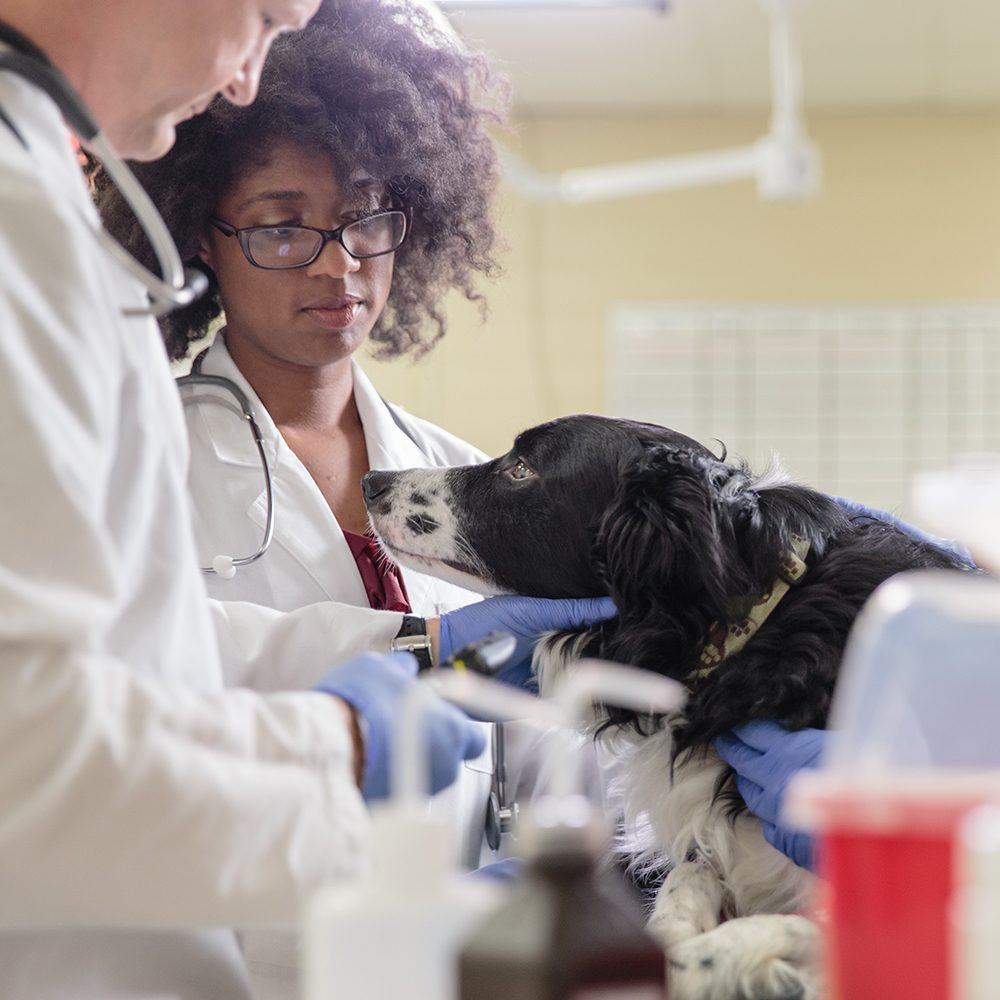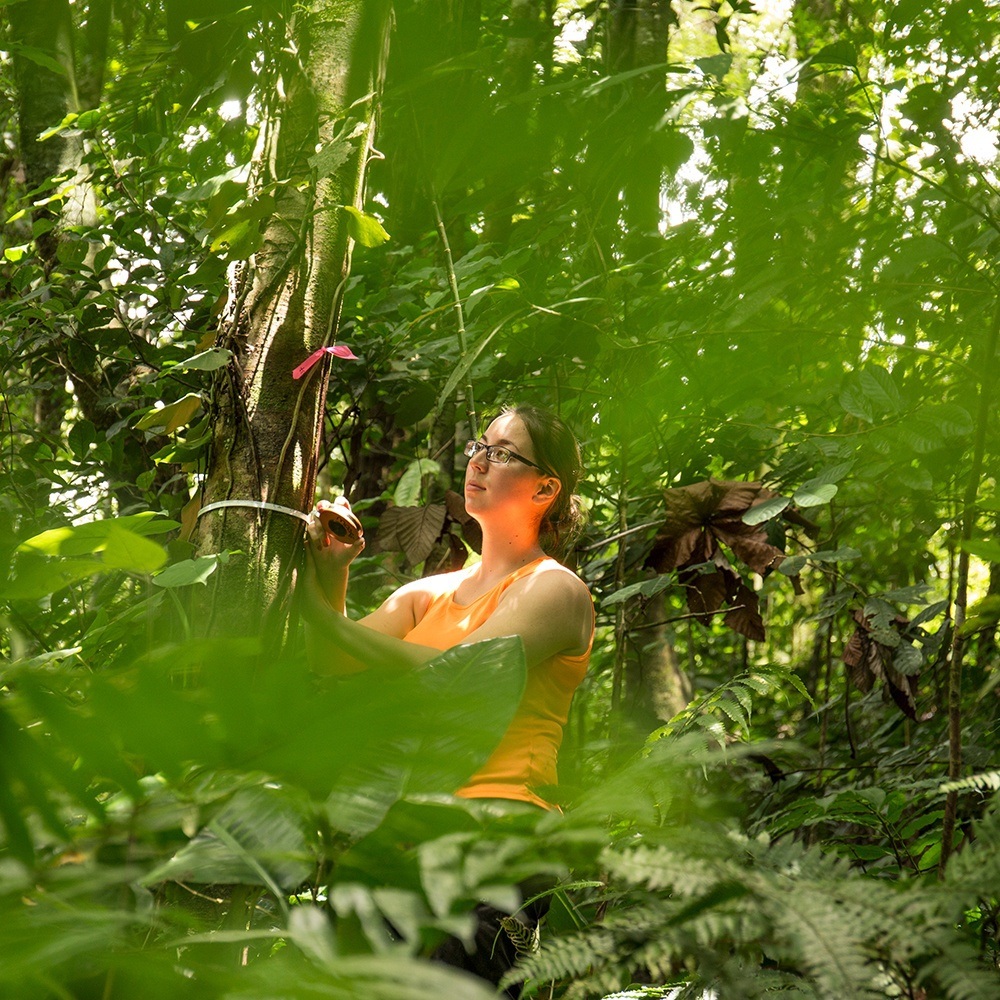The photography style should feel modern, diverse, and natural. Whenever possible, show the subject in action and interacting with relevant props. The action should feel spontaneous and realistic. Each photo should feel like a glimpse into the hard-working real world of Texas A&M.



Color Correction
There are a few simple steps to creating consistent, rich photography for use across all marketing materials. The specific values will vary depending on the original image but the idea is to create a warm, crisp image, with clear contrast and vibrant color.
Step 1
Create a Brightness/Contrast adjustment layer. Increase the contrast to get rich blacks and sharp highlights.
Step 2
Create a Color Balance adjustment layer. Add warm tones and reduce cool tones for highlights, mid-tones, and shadows. Be careful not to oversaturate. The colors should still appear natural but should have a subtle warmth.
Step 3
Output the image in the appropriate color mode. RGB for digital, CMYK for print.




If your division, college or department is branching out onto social media for the first time, or if you are new to the university communications environment and are looking to enhance your unit’s social media presence, we’re here to help.